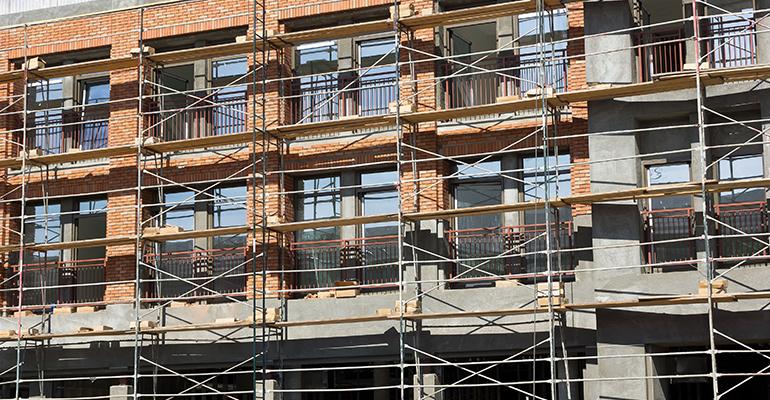Despite signs that the housing market will continue to grow, rising land and construction costs have made the development of affordable housing increasingly challenging. To cater to the demand for affordable housing, the U.S. Department of Housing and Urban Development (HUD) has made it easier for property developers to access funds used by lenders underwriting Federal Housing Administration (FHA) deals. Prior to 2010, affordable housing was less than 10 percent of HUD’s business; as of September 2017, it achieved just over 30 percent with tailored programs and pricing changes that made it more attractive. This is moving one step in the right direction, but challenges persist for borrowers to navigate the increasingly complex lending landscape. Below are some opportunities and a potential threat in today’s FHA lending world:
HUD is focused on increasing and preserving affordable housing developments
Under the new guidelines for underwriting affordable housing insured by HUD, affordable properties now receive both structural and pricing benefits that are consistent with industry standards and promote preservation of properties serving the neediest populations. This was seen in:
- Higher leverage levels for affordable transactions
- Lower mortgage insurance premiums for affordable transactions
- Permitting staggered investment of LIHTC equity
- Permitting bridging of LIHTC equity investment through construction period after the initial contribution
- Flexibility on construction period escrow requirements for LIHTC transactions
- Special underwriting guidelines of RAD transactions and other properties with project-based voucher and contracts
Typical affordable transactions that work well for FHA financing include: new construction/substantial rehabilitation using tax-exempt bonds and 4 percent LIHTC under a cash-collateralized bond structure and new construction/substantial rehabilitation using 9 percent LIHTC equity. Smaller permanent loan amounts sometimes make FHA cost-inefficient for 9 percent transactions. Also, FHA financing can be used to refinance, acquire and re-syndicate existing LIHTC transactions, including providing cash-out in some instances.
Multifamily Accelerated Processing (MAP) and improved HUD structure
HUD’s affordable guidelines bring the same long-standing benefits of FHA financing available through the MAP program, such as a long-term fully amortizing loan, pre-payment penalty versus yield maintenance, with no prepayment after year 10 and no recourse for principals. In addition, HUD reorganized and reduced the total number of its offices to streamline processing—reducing timelines and creating consistency across offices. While the reorganization has benefited both affordable and market-rate properties, affordable properties continue to receive priority. In addition, HUD has designated LIHTC and RAD teams within various offices who have the expertise to deal with more complex affordable transactions.
HUD is helping to preserve existing affordable housing
Existing Section 8 housing stock continues to provide low-income families and individuals with assistance in making rental payments. In its efforts to preserve these units, HUD will also look to lengthen housing assistance payment (HAP) contract terms, offering more certainty to lenders and owners with regard to the income stream of the property. Unfortunately, more than half a million LIHTC units are reaching the end of initial compliance period over the next seven to 10 years. Some properties may need significant infusions of capital depending on the market and property condition. This creates a need for FHA programs well-suited to recapitalize these properties, with or without an additional investment of LIHTC equity, and with varying degrees of rehabilitation.
Tax reform could threaten affordable housing development and preservation
The reduction in the corporate tax rate to 21 percent will negatively affect the amount of LIHTC equity that can be raised and, in turn, the amount of affordable housing that can be developed or preserved.
Demand for affordable housing continues to increase and HUD has streamlined the borrowing process and created more affordable options. While LIHTC-funded properties are particularly prone to the impact of corporate tax reform, HUD made a step in the right direction by facilitating the financing of affordable housing.
Iris Bashein serves as community development banking executive and Leslie Meyers as senior vice president, community development banking, with Bank of America Merrill Lynch.

